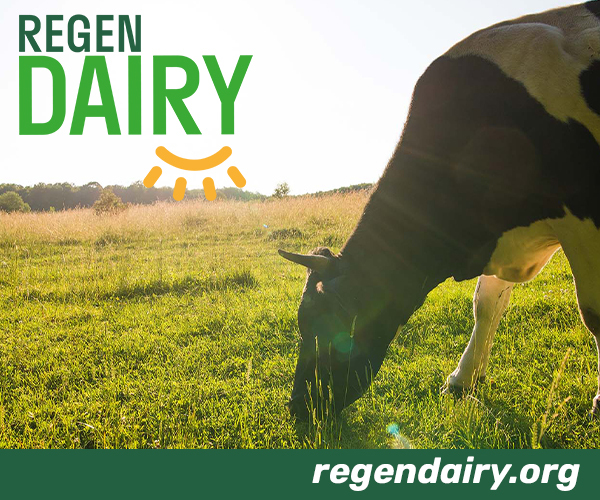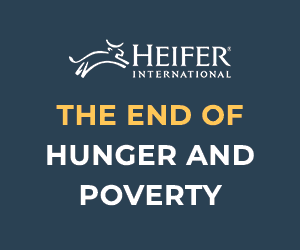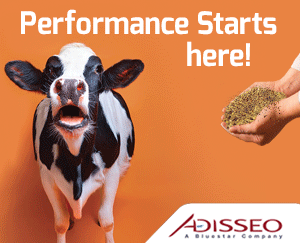



Innovative cheese, butter and yogurt products fuel dairy market growth - CoBank
Despite slipping milk sales, refrigerated dairy aisle remains largest retail categoryUS consumers are drinking less milk with each passing year, but overall dairy sales are on a multiyear winning streak, according to a recent market report from CoBank. Cheese, butter and yogurt are fueling category growth, along with new dairy-based products designed to capitalize on convenience, health and snacking trends.
Data from market research firm Circana shows the refrigerated dairy aisle has been the largest category in retail grocery over the last year with $76 billion in sales. Over the last three years, dairy retail sales have notched a growth rate of 15.4% or $10.1 billion.
According to a new report from CoBank’s Knowledge Exchange, the outlook for retail dairy sales remains strong with additional room for growth as consumer preferences and purchasing behaviors evolve. Cheese and butter have even more upside potential, and dairy products tailored to meet consumers’ growing desires for healthy, protein-rich snack products have emerged as a new growth opportunity.
“Dairy products have a diversity of applications and innovative dairy processors are leveraging that to their advantage,” said Corey Geiger, lead dairy economist with CoBank. “The healthy snacking category is a growing megatrend that dairy products can capitalize on with a host of conveniently packaged solutions from low-fat cheeses and specialty yogurts to functional dairy drinks.”
Cheese continues to anchor the dairy category, with annual sales climbing. Per capita cheese consumption in the US has doubled over the last 20 years, reaching 40 pounds in 2022. That’s still well short of per capita consumption in many European countries, indicating there is ample room for growth. Innovation in the cheese sector is being driven by expanded flavour varieties to reach more consumers as US demographics shift. Hispanic-style cheese has been the fastest growing category over the last several years.
Butter has enjoyed a renaissance in the US with per capita consumption climbing 43% over the last 25 years. While American butter brands have traditionally featured 80% butterfat, European-style butter with 83% butterfat has steadily gained global market share. US consumers have been stepping up their purchases of butter with 83% butterfat and domestic manufacturers have been retooling production lines to better serve the US market.
Yogurt has moved from being a morning meal to becoming an anytime snack or healthy dessert choice. Per capita consumption in the US has grown 142% over 25 years, with Greek yoghurt pacing category growth. Yogurt brands are also capturing new sales as consumers step-up use of weight-loss drugs. Danone attributes a jump in demand for its high-protein, low-calorie yogurts, at least in part, to consumers under treatment with those drugs or just trying to manage their weight or wellbeing.
Most US consumers view dairy products as food staples, which has fuelled sales of private label products. Private label sales are outpacing premium brands in 10 of the 15 dairy categories tracked by Circana. Store brand options making considerable inroads include yogurt, cream cheese and cream.
CoBank food and beverage economist Billy Roberts said consumer concerns around highly processed foods and preference for clean labels are areas where traditional dairy products can resonate, particularly with younger demographic groups.
“One of the things we’ve learned from following the plant-based food sector is that long ingredient legends are an obstacle for many younger, health-conscious consumers,” said Roberts. “Dairy products are generally perceived as having clean labels with few ingredients. Dairy brands can capitalise on that with the right product mix and marketing.”










